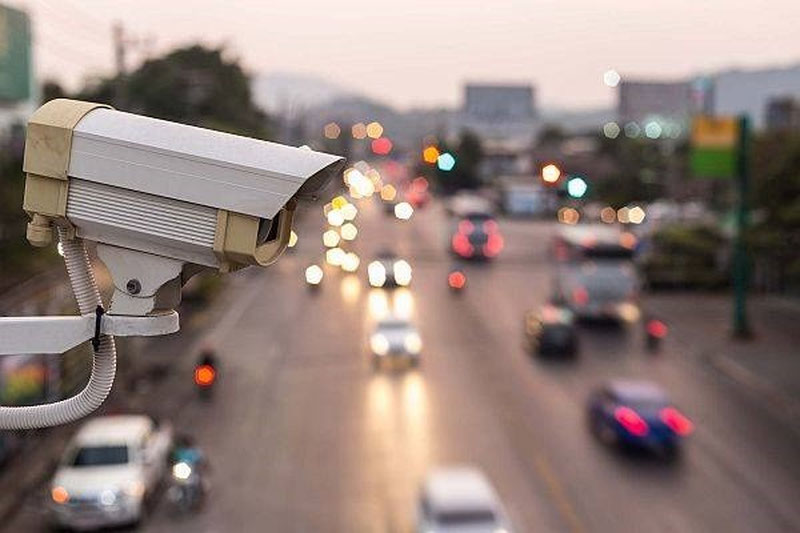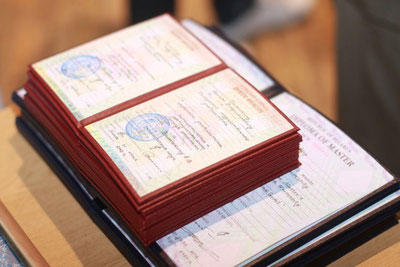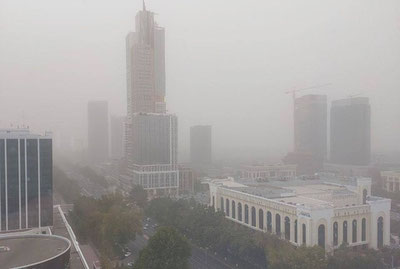If the decision on violations recorded by cameras and radars in Uzbekistan is issued with a delay of one month, no fine is imposed. This was reported<="" a>="" at="" the="" meeting="" of="" legislative="" chamber="" oliy="" majlis="" on="" june="" 17th.<="" span="">
reported<="" a>="" at="" the="" meeting="" of="" legislative="" chamber="" oliy="" majlis="" on="" june="" 17th.<="" span="">The meeting discussed the draft law on amendments and additions to the Code on Administrative Responsibility at its first reading.
“With the addition of part 3 to Article 36 of the Code on Administrative Responsibility, accordingly, administrative penalties for violations of traffic rules recorded by photo and video means can be applied without delay from the day the offence was committed, and upon appeal, within one year from the decision. That is, now, if the decision on violations detected by camera and radar is delayed by one month, no punishment will be applied,” said Jahongir Shirinov, the chairman of the Legislative Chamber’s Committee on the Fight Against Corruption and Judicial-Legal Issues.
As noted in the meeting, some foreign countries have “oral warning” and “warning” as punishments for administrative violations, in addition to fines, where first-time minor administrative offenders are subjected to a warning instead of a fine, explaining the social consequences of their actions, an approach which has been observed to yield high results in preventing such incidents.
This draft law introduces changes and additions into the Code on Administrative Responsibility, envisaging the implementation of “administrative warning” as a punishment and applying warning punishment for violations related to traffic safety with low social danger.
According to Jahongir Shirinov, a warning will be applied once a year for actions such as not wearing a seat belt during driving, not undergoing technical inspection, lack of requisite equipment, using phone or monitor while driving, violating stop and parking rules, breaking mandatory insurance requirements, pedestrians, and other traffic participants not adhering to traffic rules.
Crossing lane lines is not recorded by camera.
It is emphasized that the draft law is aimed at creating additional conveniences for the population in the use of cars, and at addressing some of the problems that have been troubling citizens in this field. The draft law was passed at its first reading by the deputies in the meeting.






